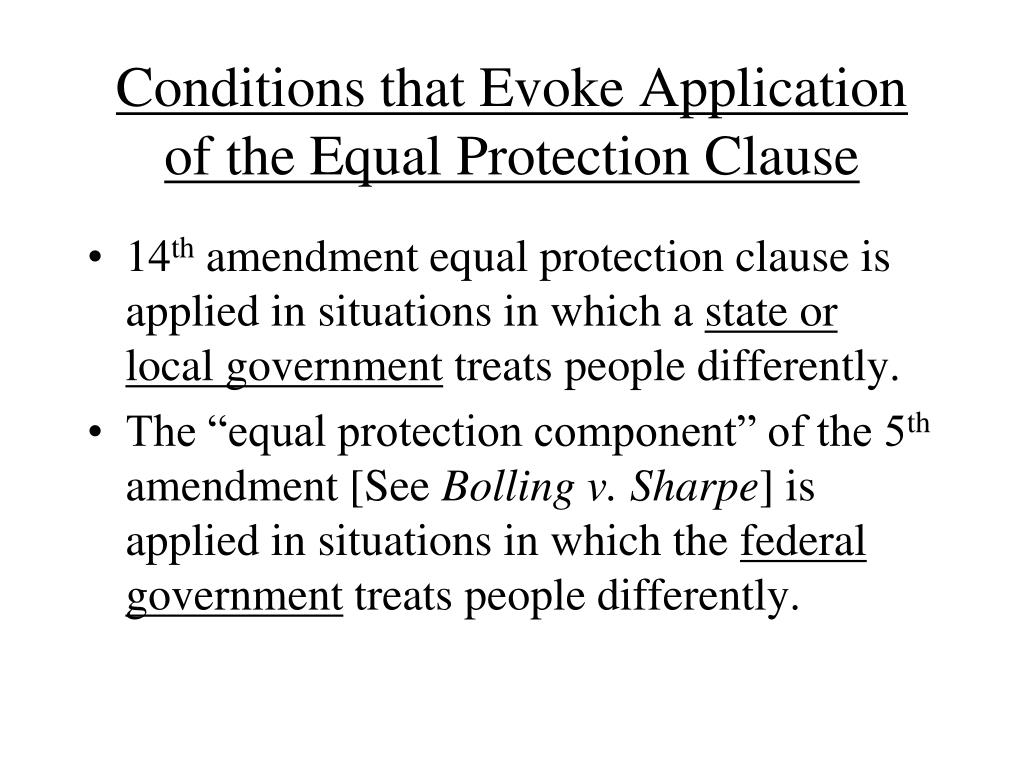

Below are a few First Amendment issues dealing with speechfor which courts have used intermediate scrutiny. The First AmendmentĬourts have also held that intermediate scrutiny is the appropriate standard for certain First Amendment issues. These cases may also refer to the level of scrutiny as "elevated scrutiny" or "realm of less than strictest scrutiny). children born out of wedlock) are also subject to intermediate scrutiny, according to Matthews v.

In addition to statutes which discriminate based on gender, statutes which discriminate based on illegitimacy (i.e. Since then, courts have found that gender is a protected class, and any statute which discriminates on the basis of gender must undergo the intermediate scrutiny test.

In Craig, the Court created the intermediate scrutiny test and applied it to a statute which discriminated on the basis of gender. The Supreme Court created the Intermediate Scrutiny Test in Craig v. Intermediate scrutiny is used in equal protection challenges to gender classifications, as well as in some First Amendment cases.įurther courts will sometimes refer to intermediate scrutiny by other names, such as " heightened scrutiny," or as " rational basis with bite." When referred to by these names, courts will typically use the same two prongs used for intermediate scrutiny.


 0 kommentar(er)
0 kommentar(er)
